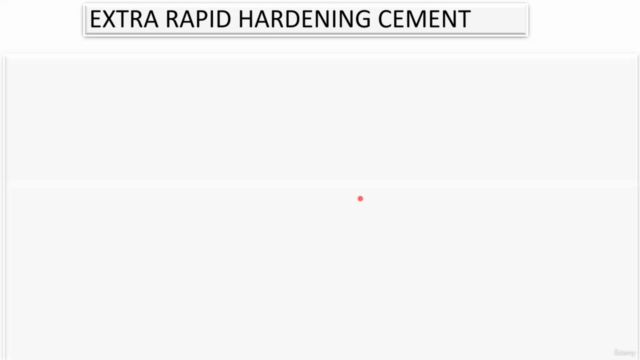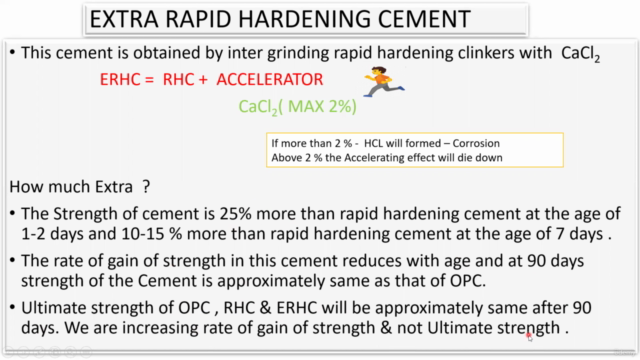Basic Concrete Technology l Introduction to Cement & Types

Why take this course?
Course Title: Basic Concrete Technology: Introduction to Cement & Types 🌐🏗️
Headline: 🚀 Master Concrete Technology: From Mix Design to Reinforced Innovations! 🚀
Course Description:
Dive into the world of Basic Concrete Technology and uncover the secrets behind this ubiquitous construction material that's as ancient as the Roman Pantheon and as modern as the towering skyscrapers of today. 🏛️✨
What is Concrete? Concrete is a marvel of human ingenuity, a composite material made from cement, water, aggregates (sand and gravel), and sometimes admixtures. It's the foundation of our infrastructure and buildings, and understanding its composition and properties is key to mastering the art of construction.
Key Concepts & Course Highlights:
-
The Science of Cement: Explore the chemistry behind Portland cement and how it transforms from a fluid substance into a solid, strong material through the process of hydration.
-
Concrete Mix Design: Learn the principles and practices of creating an optimal mix design that ensures strength, durability, and workability.
-
Types of Concrete: Get to grips with the different types of concrete, including high-performance and sustainable options like self-healing and carbon capture concrete.
-
Chemical Reactions & Curing: Understand the chemical reactions that occur during the hydration process and learn best practices for curing concrete to achieve optimal strength and quality.
-
Concrete in Civil Engineering: Apply your knowledge of concrete technology to real-world civil engineering applications, from residential structures to large-scale infrastructure projects.
-
Environmental & Sustainability Considerations: Address the environmental impact of concrete production, explore sustainable practices, and discover how concrete can be part of the solution to mitigate pollution and sequester carbon.
Why Take This Course?
-
Industry Relevance: Concrete is essential in construction across the globe. By mastering this course, you're equipping yourself with skills that are relevant to a multitude of industries.
-
Versatility & Demand: Concrete technology is versatile and in high demand. This course prepares you for roles ranging from a construction site to research and development.
-
Sustainability Focus: As the industry moves towards sustainability, understanding the latest advancements in concrete technology will position you at the forefront of green construction practices.
What You Will Learn:
- The history, composition, and properties of concrete.
- How to design a concrete mix tailored for specific applications.
- The environmental impact of traditional concrete production and sustainable alternatives.
- The role of concrete in modern construction and infrastructure.
Who is this course for?
This course is perfect for:
- Civil engineering students and professionals looking to deepen their understanding of concrete technology.
- Construction workers aiming to advance their skills in mix design and concrete application.
- Architects and engineers interested in sustainable building materials and practices.
- Individuals and entities seeking to minimize the environmental footprint of construction projects.
Enroll Now to Build a Solid Foundation in Concrete Technology! 🛠️🌍
Join us on this comprehensive journey through the world of concrete technology. Whether you're a seasoned professional or new to the field, this course will provide you with a robust understanding of concrete, its applications, and the future of sustainable construction. Let's build smarter, not harder! 🏗️♻️
References:
- [2] Lees, L.A. (1968). The production and properties of hydraulic cement. Butterworths.
- [3] United States Geological Survey. (n.d.). Mineral Commodity Summaries: Cement.
- [4] Shuman, D. S., & Skibinski, J. A. (2007). Global Concrete Markets. Freedonia Group.
- [5] MarketsandMarkets. (2021). Ready Mix Concrete Market by Type (Standard and High Performance), Application (Residential, Commercial and Infrastructure), and Region - Global Forecast to 2025.
- [6] World Resources Institute. (n.d.). Cement Production.
- [7] Kjeldsen, E. B., & Ting, K.-P. (2003). Carbon footprint of materials: A comparative assessment. Environmental Science & Technology, 37(18), 4682-4689.
- [8] Maudie, L. P., Vandenbohe, J., Dunn, S., DeBois, E. H., Scranton, R. C., & Riley, A. F. (2015). Climate Resilient Design for Infrastructure: The Next Steps for the Construction Industry and Educational Programs. Journal of Cleaner Production, 98, 361-370.
Embark on your journey to mastering concrete technology today! 🌟🎉
Course Gallery




Loading charts...